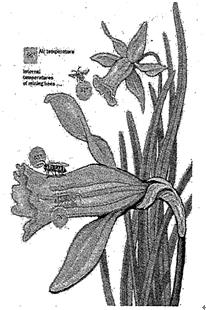
科目: 來源: 題型:閱讀理解
查看答案和解析>>
科目: 來源: 題型:信息匹配
查看答案和解析>>
科目: 來源: 題型:閱讀理解
查看答案和解析>>
科目: 來源: 題型:閱讀理解
| Introduction | ☆The festive season brings(72)hard workin terms of housework and a lack of sleep |
| Facts | ☆People should have 6-8(73)sleeping hoursevery day. ☆More women(74)have/get less (insufficient) sleep/sleep less (insufficiently)than men in a survey. |
| An/A(75)unhealthy/ineffective way | ☆taking sleeping tablets: The body adjusts to them quickly and people will(76)depend on/be dependent onthem. |
| Healthy ways | ☆using the bedroom and(77)switching off/turning offthe TV ☆relaxing yourself:It's(78)beneficial/of benefitto drink some milk or listen to music. ☆having a hot shower ☆stopping doing anything raising your(79)anxiety (levels) ☆having a regular sleeping schedule |
| (80)Conclusion | ☆Try the above tips to find out the most suitable way for you. |
查看答案和解析>>
科目: 來源: 題型:閱讀理解
查看答案和解析>>
科目: 來源: 題型:閱讀理解
查看答案和解析>>
科目: 來源: 題型:閱讀理解
查看答案和解析>>
科目: 來源: 題型:閱讀理解
查看答案和解析>>
科目: 來源: 題型:閱讀理解
 Directions:Read the passage carefully.Then answer the questions or complete the statements in the fewest possible words.
Directions:Read the passage carefully.Then answer the questions or complete the statements in the fewest possible words.查看答案和解析>>
科目: 來源: 題型:閱讀理解
查看答案和解析>>
湖北省互聯(lián)網(wǎng)違法和不良信息舉報平臺 | 網(wǎng)上有害信息舉報專區(qū) | 電信詐騙舉報專區(qū) | 涉歷史虛無主義有害信息舉報專區(qū) | 涉企侵權舉報專區(qū)
違法和不良信息舉報電話:027-86699610 舉報郵箱:58377363@163.com